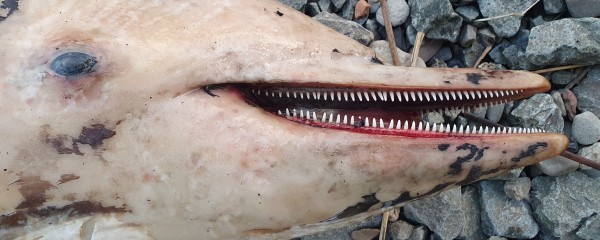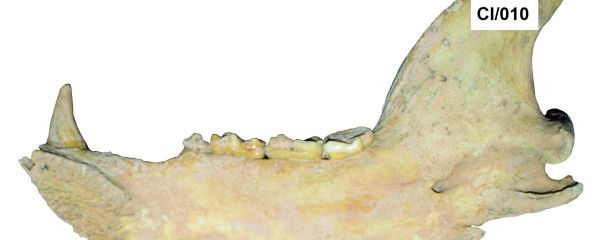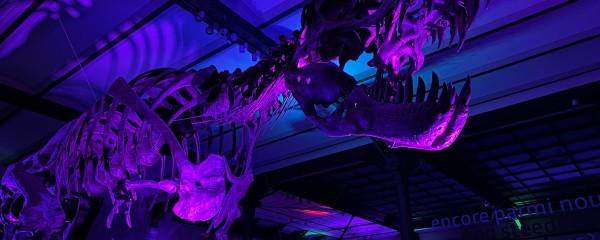Belgian Neanderthals made tools from bird bones
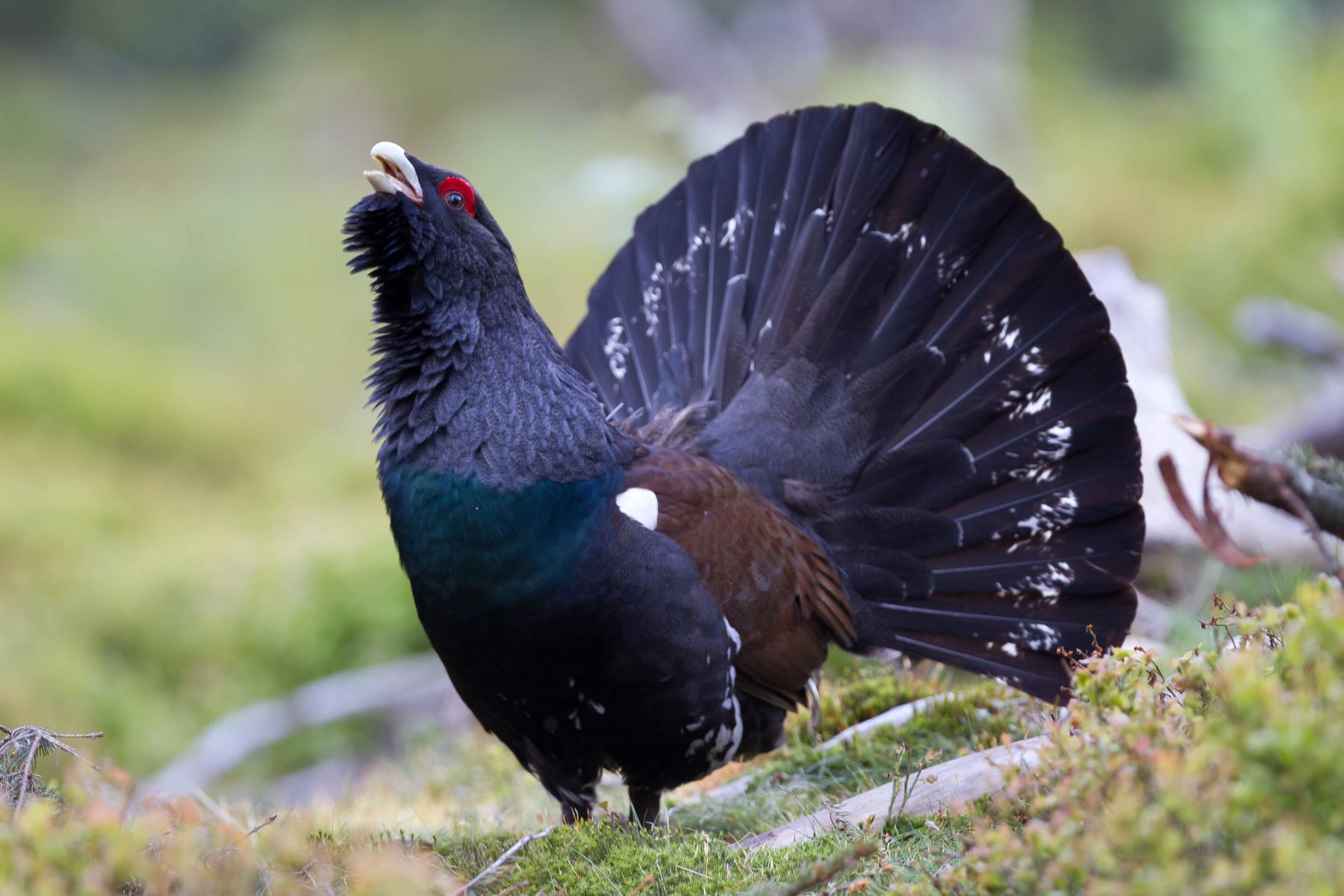
Cut marks on bird bones from the Scladina cave, near Namur, indicate that Neanderthals ate various bird species and made tools from some of the bones. Scladina is only the second site to show that our distant cousins worked a bird bone into a tool.
The Scladina cave (or Sclayn cave), located in the Meuse river valley close to Andenne, is known for the Scladina child, an eight-year-old Neanderthal girl, whose lower jaw, a piece of the upper jaw, and teeth were excavated between 1990 and 2006. However, the site, which has been continuously excavated since the 1980s, also yielded faunal remains, including those of cave bears, wolves, cave hyenas, and birds. This provides a picture of the Neanderthal environment in southern Belgium over 80,000 years ago.
Researchers from the Institute of Natural Sciences, along with colleagues from the TraceoLab (University of Liège) and the archaeological center of the Scladina cave, analyzed 119 bird remains. They compared the bones with reference collections to identify the species and examined each specimen to verify the presence of modifications made by humans, such as cut marks.
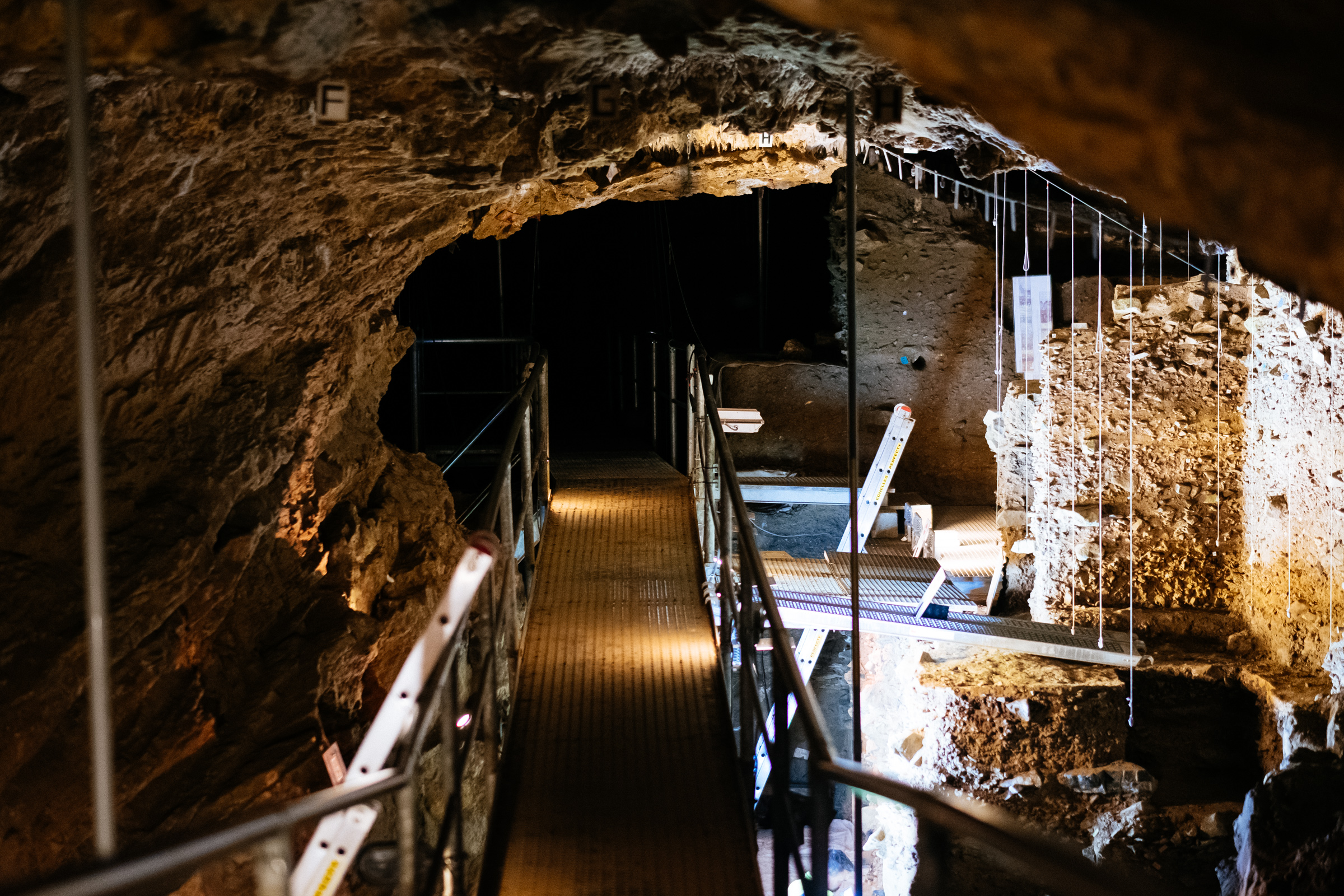
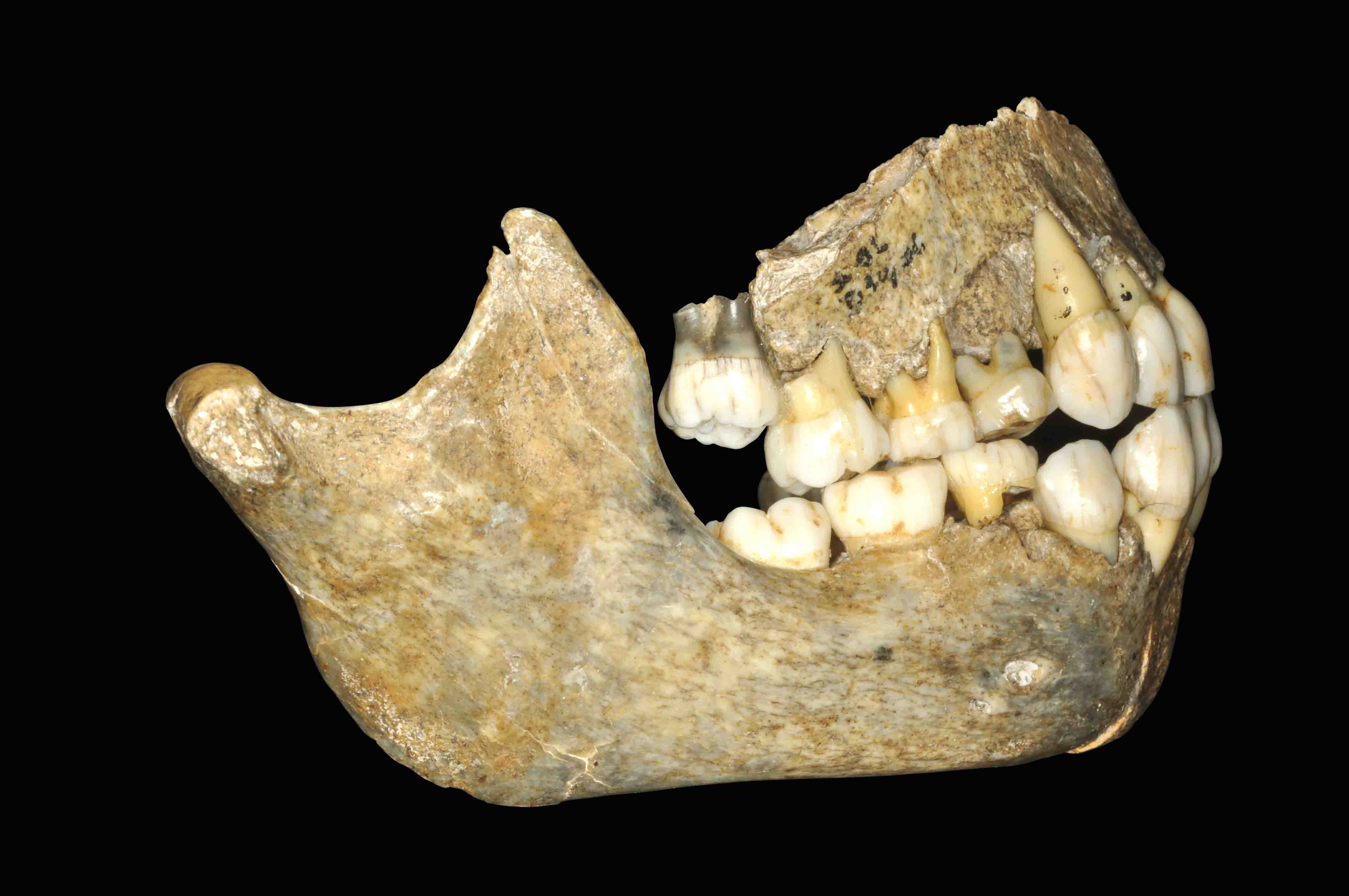
Fatty grouses
Neanderthals living near the cave had these bird species on their menu: capercaillie, black grouse and great cormorant. They had a particular taste for grouses, which provide a decent amount of meat.
The presence of ducks suggests small rivers flowed near the cave, while cormorants are found along larger water bodies. Capercaillie and black grouse live in wooded areas with large open spaces. "The area was a mosaic of habitats," says Quentin Goffette, an archaeozoologist at the Institute of Natural Sciences. "The Neanderthals must have had a good understanding of the prey available in these different habitats."
Catching small and agile animals is not easy. "This is why it was once thought that Neanderthals only hunted larger animals, and that it was modern humans who started catching birds and smaller fauna. But our study confirms previous research that Neanderthal hunting techniques allowed the capture of small prey."
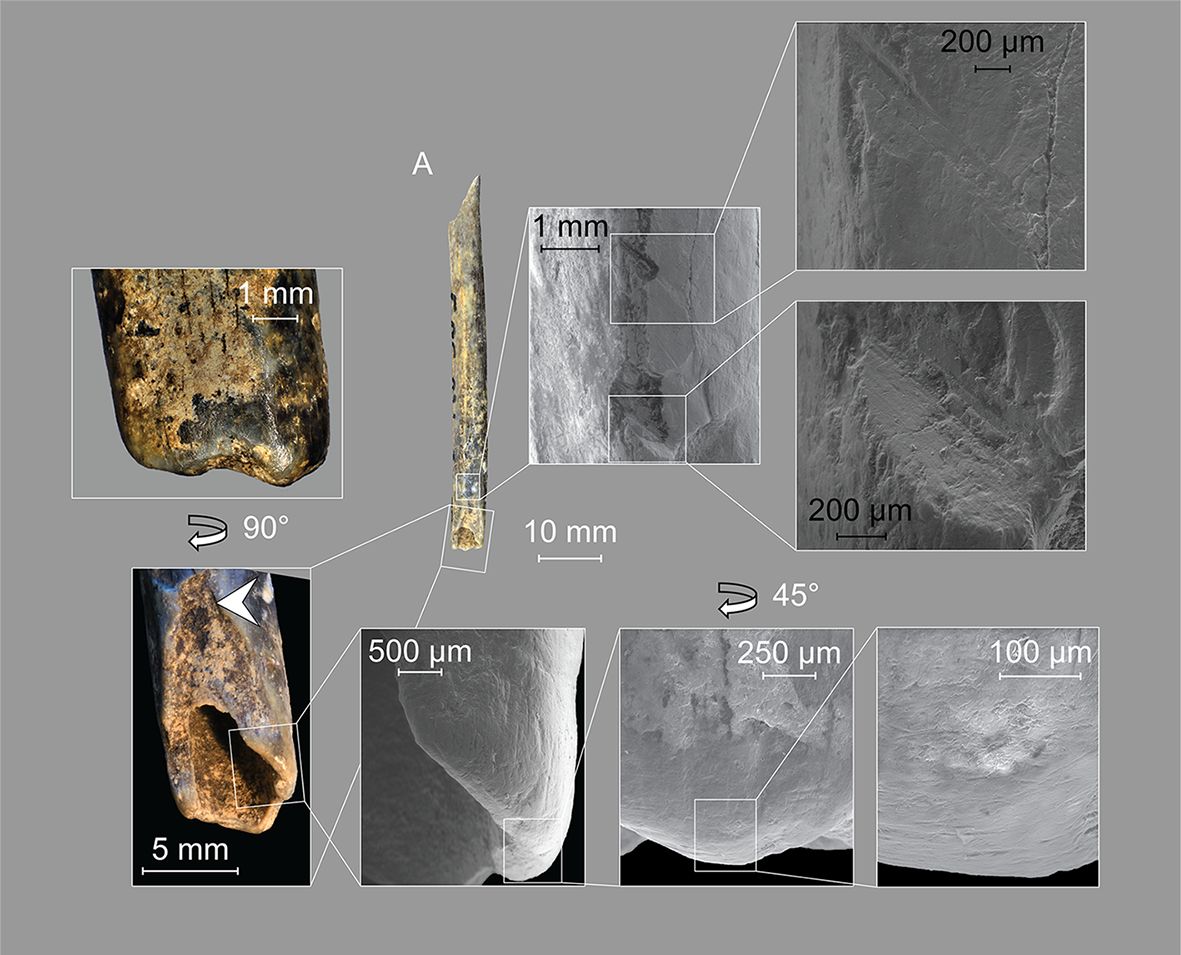
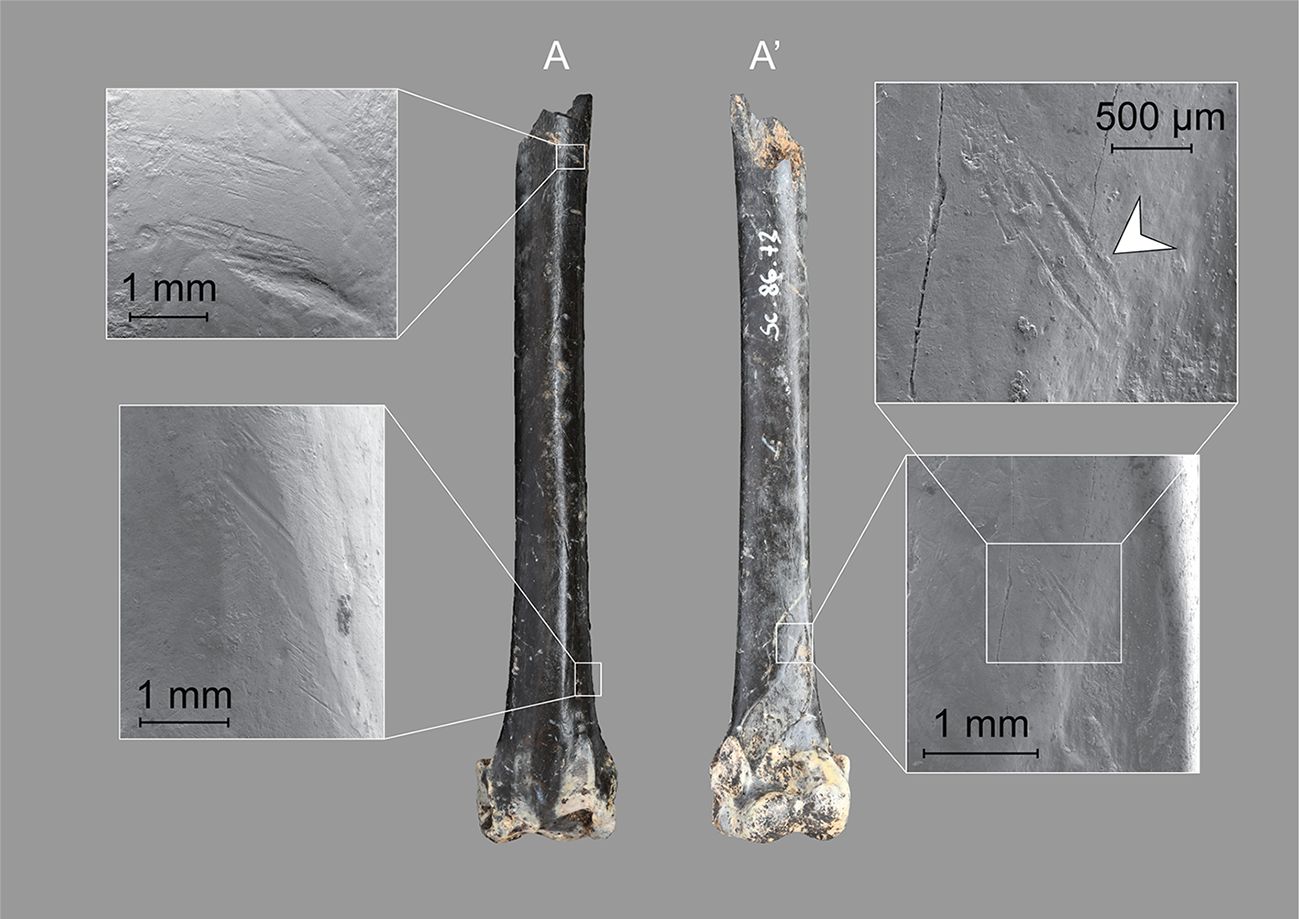
A bird bone as a tool
Many of the bones have been accumulated by carnivores or scavengers. However, seven (possibly eight) specimens bear cut marks made by Neanderthals. In one case, it went beyond simply cutting meat. The radius bone of a capercaillie showed two deep incisions, suggesting bone working, and a polished end. Study at TraceoLab revealed that this object has been used, and that the polish probably results from contact with soft organic material. This exceptional specimen from the Scladina cave dates back about 130,000 years, during the penultimate ice age (the Saalian), when the Scandinavian ice sheet extended to the middle of the Netherlands.
"Scladina Cave is a site of international importance because of the discovery of the Neanderthal child and because the cave entrance contains over 120 layers of sediment spanning over 100,000 years. It is a crucial site for the study of past environments in northwestern Europe," says Goffette. "Scladina once again emerges as an exceptional site, providing the first evidence Neanderthals exploiting birds for food in Belgium, and only the second confirmed case of a bird bone used as a tool by our distant cousins."
The study was published in Frontiers in Environmental Archaeology.

